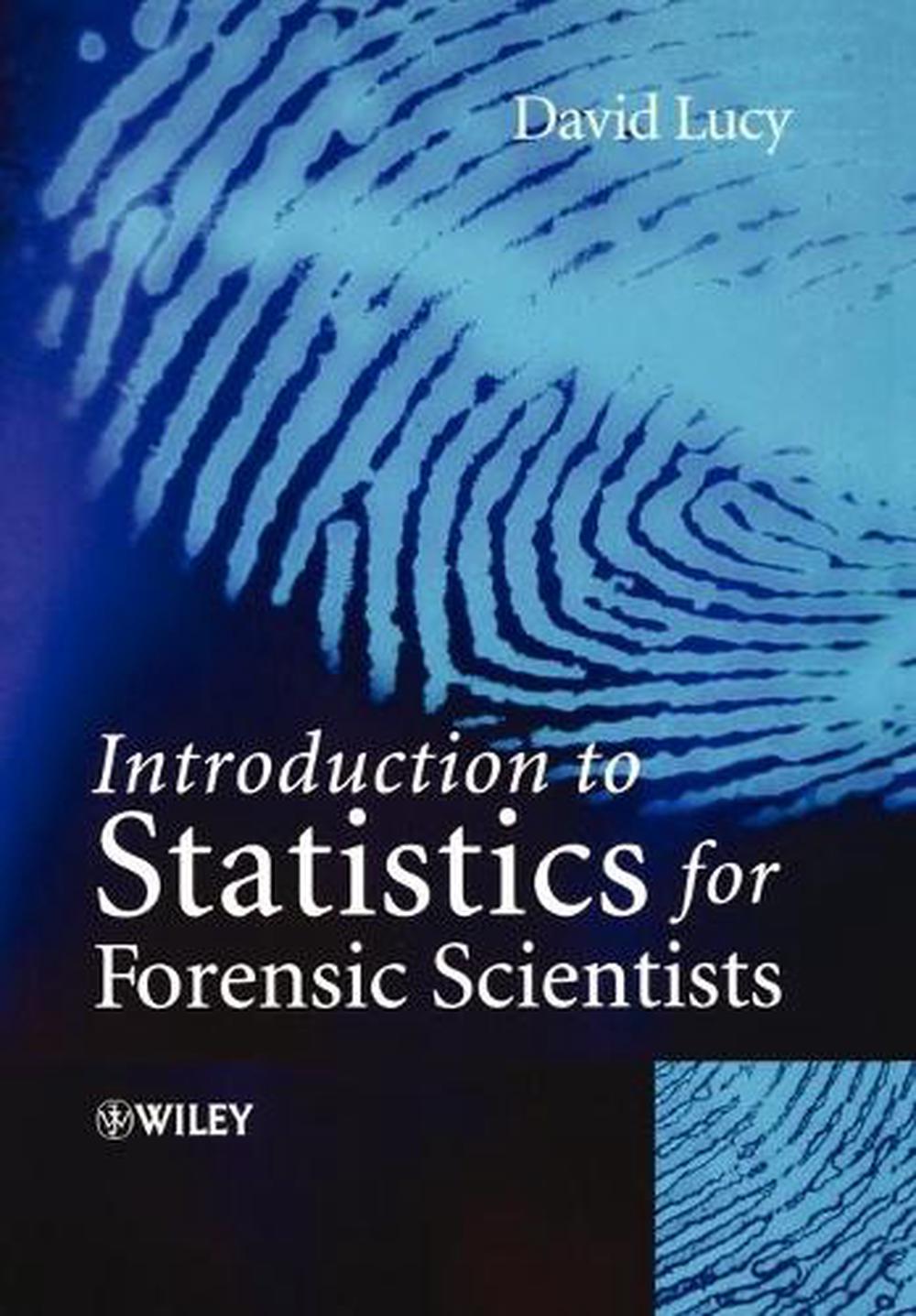
Introduction to Statistics for Forensic Scientists, 1st Edition
$141.66
- Paperback
272 pages
- Release Date
3 November 2005
Summary
Unlocking Forensic Evidence: A Statistical Toolkit
Introduction to Statistics for Forensic Scientists is an essential guide, gently introducing the key statistical techniques used to evaluate various types of forensic evidence. Assuming only a modest mathematical background, this book uses real-life examples from forensic science literature and casework to illustrate relevant statistical concepts and methods.
Opening with a brief overview of the history and use of s…
Book Details
| ISBN-13: | 9780470022016 |
|---|---|
| ISBN-10: | 0470022019 |
| Author: | David Lucy |
| Publisher: | John Wiley & Sons Inc |
| Imprint: | John Wiley & Sons Inc |
| Format: | Paperback |
| Number of Pages: | 272 |
| Edition: | 1st |
| Release Date: | 3 November 2005 |
| Weight: | 482g |
| Dimensions: | 249mm x 171mm x 16mm |
You Can Find This Book In
What They're Saying
Critics Review
“It deserves a place in the library of any serious forensic scientist and I congratulate the author on his achievement.” (Significance, 1 March 2006)
“…useful for those who are becoming introduced to forensic science.” (The American Statistician, August 2007)”…the book is an easy read…it would appeal to students of forensic science at both introductory and advanced levels.” (Journal of Tropical Pedriatrics, 2nd February 2006)
” … deserves a place in the library of any serious forensic scientist and I congratulate the author on his achievement.” (Significance, Issue 3, 2006)
” … an easy read with many complex concepts described in a lucid style.” (Journal of Tropical Pediatrics: Vol. 52; 4, 2006)
“One of the most important issues in using likelihood ratios in a forensic context may well be determining the relevant population of a sample. This is an are that is discussed throughout the text…gives insight…” (Canadian Society of Forensic Science, October 2006)
About The Author
David Lucy
Dr. David Lucy, School of Mathematics, The University of Edinburgh.
Returns
This item is eligible for free returns within 30 days of delivery. See our returns policy for further details.




